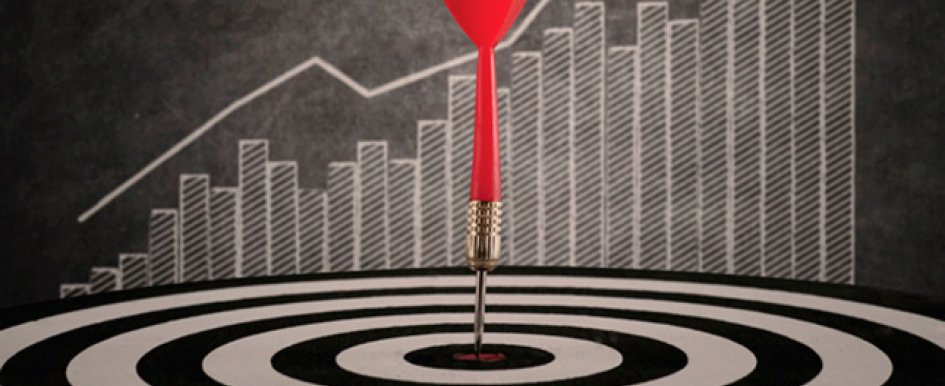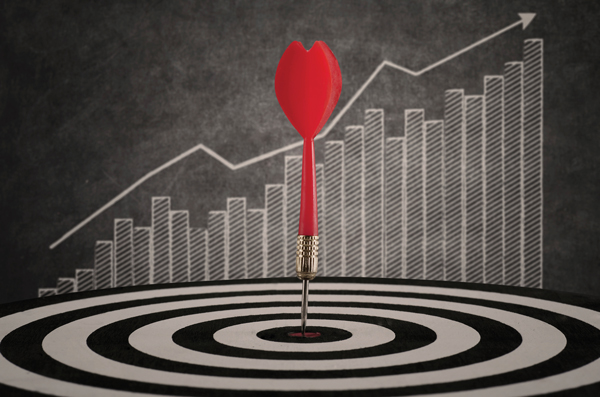
Why is it that some decisions are easier to make than others? Why are some of us better at decision-making than others? Apprehension, stress and dread can dramatically alter our choices. Stress makes us susceptible to tunnel vision or looking at choices myopically, causing us to be less able to take in the information we need to make good decisions. Apprehension and fear make us more risk-averse than we would be normally and can influence us to take the path of least resistance, even though that choice may be the least beneficial.

In addition, timing can alter the effectiveness of decision-making. In a research paper published by the National Academy of Sciences, psychologists examined the factors that impact whether or not a judge approves a criminal for parole. The researchers examined 1,112 judicial rulings over a 10-month period, all made by a parole board judges determining whether or not to allow criminals to be released on parole. One would think there were many influential factors to consider, such as the type of crime, the reputation of the candidate, etc. However, the study found the single biggest influence on the judges' decisions was the time of day.
Researchers found that at the beginning of the day, a judge was likely to give a favorable ruling about two-thirds of the time. However, as the morning wore on and the judge became exhausted from making multiple decisions, the likelihood of a parole candidate getting a favorable ruling steadily declined. After a lunch break, however, the judge would return to the courtroom restored and relaxed and the likelihood of a favorable ruling would immediately jump back up to two-thirds. As the day passed, the percentage of favorable rulings would drop back to zero by the end of the day.
This trend held true for more than 1,100 cases. No matter what the crime, a parole candidate was much more likely to get a favorable response if the parole hearing was scheduled in the morning or immediately after lunch than if it was scheduled near the end of a long session. Researchers often refer to this phenomenon as decision fatigue. When we are tired and stressed, we are less likely to make informed decisions.
We should also be aware of our natural-born optimism, for that can harmfully influence our decisions, too. Decision-making is selecting a choice of action based on risks and gains. Ideally, we want to select the option that offers the most gains with the least risks. However, sometimes we may discount the risks with self-messages like, "I know there are some real risks with this, but I am confident I can work it out" or "I realize this may not be perfect, but I am sure our people will overcome these obstacles to make this possible." That over-confidence can springboard a choice that is unfounded.
Michael S. Vaughan, managing director and CEO of The Regis Company stated, "Poor decision-making creates a vicious cycle that reinforces an already-present anxiety about decision-making." In other words, if a person has made many poor choices before, a self-fulfilling prophecy of poor choices causes them to continue in that vein. Vaughan's theory is that an enormous amount of time is wasted on undoing or justifying poor decisions, which again creates more apprehension about decision-making. He said, "This cycle continues and further reinforces an individual's fear of making important decisions." And that means employees become less likely to step up, share innovative ideas or solve problems.
Our beliefs and paradigms can also contribute to bad decisions. Paradigms are defined as a typical example or pattern of something—a model. Paradigms are shaped by our experiences and values, and often are in-sync with those beliefs and values that are easily embraced. Those that are at odds or in contrast with our beliefs and values are often rejected. Therefore, we may resist leaning toward certain decisions that are out of sync with things that we believe in and value. Listen to a discussion on politics or religion by people whose paradigms are different.
An additional barrier to good decision-making is irrational fear. An example would be the common fear of flying that many people have despite the fact that it is far safer than driving an automobile. This upsizing of the risk factor can cause people to make the wrong choices based on irrational fear.
Yet another barrier to decision-making is the pressure to make a quick decision. Short-term pressures can negatively affect long-term choices by causing us to react without doing our due diligence or homework. Another time-related issue is the fact that people often have a weakness for the immediate gratification from an enjoyable experience, even if it produces a substandard decision. Gratification over the long-term simply doesn't produce the same instant, feel-good endorphin hit.
Perhaps the largest errors in decision-making are those that stem from the lack of a logical or sequential method. A poor sequence to explore information and arrive at the best alternative(s) leads to poor choices. The inability or unwillingness to research the necessary information systematically will, no doubt, net poor results in arriving at the best choice. Before you compare the options available, you must make an important root decision: where and what information to explore. An erroneous choice means insufficient information considered in evaluations. If you're confronted with too many options and too many choices, you go into overload and lose the ability to sift and analyze only the information that's helpful.
Without adequate research, or analyzing the facts and data, or the selection of multiple alternatives, it is difficult to make a thorough evaluation of the best solution. So, what to do? Taking the time to make the right choices is a choice itself. Here are eight steps to help you make better decisions.
1. Realize your best time of the day for being productive and analytical. Avoid succumbing to pressures and pick the time where you can produce the best results in decision-making. Are you rested enough to make a quality choice? Take time out to gather the information that leads to the right choices and not succumb to pressure or the attractiveness of quick gratification. The evidence will guide you but you must be in the right framework to examine it.
2. Elevate yourself to 20,000 feet and look down. Before you make a short-term decision, step back and look at the larger picture. You may have to live with the decision you are getting ready to make for a long time, so take the time to make a quality choice by looking at it from various angles. Ask yourself, "What are the long-term implications of this? Can I mitigate or do something to minimalize it?"
3. Gather as much information as you can. What do the facts and data tell you? Avoid opinions and assumptions as much as possible. Research, research, research but be aware of analysis paralysis, where we feel we are doing something constructive by forever studying it. Gather facts and data but don't become consumed by the activity.
4. Avoid paradigms or at least be conscious that yours may influence the decision-making process. Be open to different information and be aware that it may not support what you have always believed in or hold dear.
5. We are often heavily influenced by advisers. To make solid decisions, we need to become confident enough to challenge and question those so-called experts to ensure that the information is actually valid. Find your inner skeptic and never just assume that what you're being told is true. Remember, it is their opinion.
6. Avoid looking at too few or too many alternatives. Too few limit the process and too many can be confusing and intimidating.
7. Use solid decision-making tools like a decision matrix, which helps in comparing multiple alternatives against various criteria. You can weigh some criteria more heavily to make it more balanced. Also, conduct a pro/con analysis. Remember, you are trying to select the best alternative based on what produces the maximum gain with the least risks.
8. Examine your own history of decision-making. People often don't learn from previous mistakes because it's emotionally difficult to face up to them. But if you have areas in your life where you have produced an epidemic of mistakes, you may need to understand your approach and refurbish it.
By the Numbers
65%
According to the study cited in this article, the probability of a favorable ruling in a legal case declines from 65 percent to nearly 0 percent prior to a break. After a break, probability jumps back to 65 percent.
